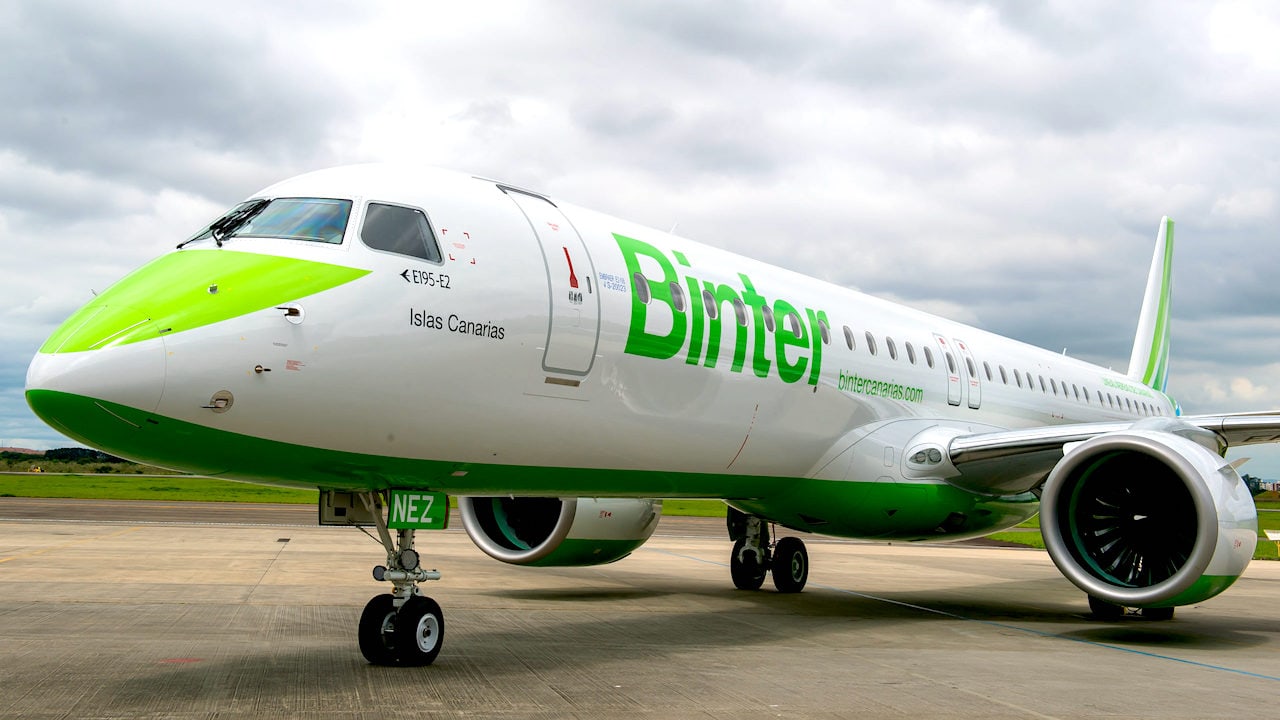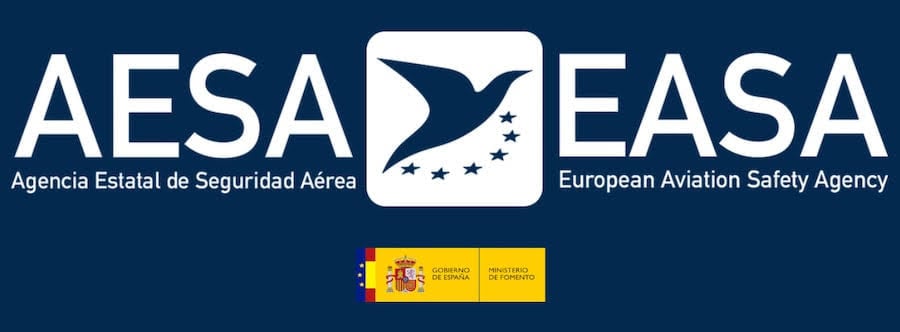For aviation enthusiasts, the sound of aeroplane engines is music to their ears, but for people who live near airports or airfields, it can be quite annoying. That’s why there are procedures to minimise aircraft noise, and today we’ll explain what they are.
But let’s think back: when did aircraft engine noise begin to be muffled?
In the early years of aviation, when the number of aircraft was very limited, they used piston engines, so the noise stopped once you moved a few metres away from the aircraft.
It was not until 1920, when aviation began its golden age, that the problem of increasing noise pollution was identified. The aviation business grew exponentially with the rise of commercial flights.
Finally, in 1949, with the first commercial jet flight of the De Havilland DH106 Comet, the jet era began; and in 1970, the FAA, the US aviation authority, began regulating aircraft noise emissions.




